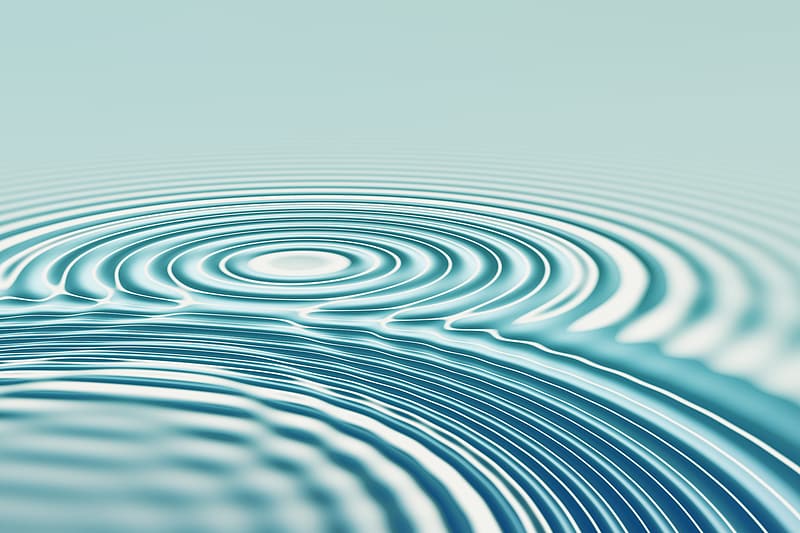Smart Water business intelligence week 14/08/2023

Market
English speakers like to call this water “toilet-to-tap water”. Word for word: water going from your toilet bowl to your tap. An uninviting expression, which ignores the many chemical, physical and biological processes that make it possible to recycle wastewater into drinking water of excellent quality. If this idea can still make people wince, it is nevertheless becoming a serious line of thought for more and more countries or municipalities around the globe who are rightly worried about the depletion of freshwater resources:
Ces pays qui recyclent les eaux usées en eau potable
Technology
A team led by scientists from the Department of Biological Sciences of the National University of Singapore (NUS) in collaboration with the French Center for Scientific Research (CNRS) has successfully synthesized a special protein mimetic that can self-assemble into a porous structure. When embedded in a lipid membrane, pores allow selective transport of water across the membrane while rejecting salt (ions). These protein mimics, known as “oligourea foldamers”, represent an entirely new class of artificial water channels (AWCs) that can be used to improve the energy efficiency of current industrial water purification methods:
Regulation
Last June, landmark multi-billion settlements were reached between US water suppliers and PFAS manufacturers 3M, DuPont, Chemours and Corteva regarding drinking water contamination. Although this is an important victory in the battle against the companies responsible for pollution, the problem is far from being solved:
US chemical companies’ PFAS payouts are huge – but the problem is even bigger
Financing
New analysis highlights an innovative approach for investors and companies that aims to strengthen the business case for water action and shows where boards and corporate leaders should prioritize investments for the greatest impact on their business and society:
New analysis framework to help investors and companies understand true value of water stewardship

